Make best practices today’s common practices.
In 2022, Schoberer and colleagues conducted a comprehensive review of fall and injury prevention research. The findings and recommendations confirm that many current practices required of nurses at the point of care don’t effectively reduce falls and should be replaced by evidence-based interventions and patient education.
Based on the authors’ analysis, all patients should receive screening and assessment for fall risk. However, they didn’t recommend an assessment tool. The authors cited studies that show these tools have no effect on falls or fall-related injuries and that many commonly used tools don’t achieve the required values of at least 80% sensitivity and specificity. In other words, tools don’t prevent falls; nurses and interprofessional staff do when their practice is grounded in clinical judgement, expertise, and evidence-based individual and population fall prevention, injury prevention, and patient safety protocols.
Many healthcare professionals rely too heavily on tools, scores, and categories of risk when designing fall prevention care plans. We also rely too much on the universal application of fall prevention strategies, such as bed alarms and non-skid socks. Most fall risk assessment tools haven’t been correctly used or evaluated against the type of fall they’re designed to predict—anticipated physiological falls.
Tailored falls prevention plans
Register today for American Nurse Journal’s free webinar
Tactical Implementation of an Effective Falls Program.
Part 2: Challenging and Inspiring: Beyond Common Fall Prevention Practices.
Thursday, September 26th, 2024 at 1:00PM EDT.
In 2001, the Veterans Health Administration (VHA) national fall prevention cognitive aid eliminated the need for fall risk screening at each shift. Instead, the VHA correctly implemented the Morse Fall Scale as a screening tool (not an assessment tool). VHA’s nursing practice policies, procedures, education, and electronic health record (EHR) templates guide nurses from fall risk screening to assessment and the selection of interventions based on risk factors. The following best practices can help support your patient safety efforts.
- Interventions aligned with correctly assessed environmental and individual fall risk factors should eliminate (or at least mitigate) risks. This requires precision and the use of innovative technology.
- Environmental- individual-, and population- specific assessments require clinical nursing skills and competencies and EHR templates with clinical pathways from screening, assessment, and care planning through the evaluation of each patient’s response as well as the mitigation, elimination, or compensation of risk factors.
- Universal or score-based use of bed alarms has created an unnecessary burden on nursing staff and a patient-perceived restrictive environment. Innovative technology exists to support clinical indicators for using telesitter systems and position-sensors.
- Interventions that protect patients from injury are distinct from fall prevention. In 2008, Boushon and colleagues introduced Transforming Care at the Bedside, the first national population-based fall injury prevention toolkit. It’s been deployed throughout Veterans Administration hospitals and long-term care facilities.
- Standard of care should facilitate the use of interventions that protect patients from injury. For example, floor mat use should be common practice.
Make a commitment to change. Conduct a fall and fall injury program evaluation and begin the process of replacing common practices with best practices.
Patricia A. Quigley is a nurse consultant and president of Patricia A. Quigley Nurse Consultant LLC
American Nurse Journal. 2024; 19(9). Doi: 10.51256/ANJ092488
References
Boushon B, Nielsen G, Quigley P, Rutherford P, Taylor J, Shannon D. Transforming Care at the Bedside How-to Guide: Reducing Patient Injuries from Falls. Cambridge, MA: Institute for Healthcare Improvement; 2008.
Health Research & Educational Trust. Facing the Facts About Falls in Hospitals. cynosurehealth.org/wp-content/uploads/2018/09/stop-to-start-improving-fall-injuries-feb-2018.pdf
Hester AL, Davis DM. Validation of the Hester Davis scale for fall risk assessment in a neuroscience population. J Neurosci Nurs. 2013;45(5):298-305. doi:10.1097/JNN.0b013e31829d8b44
Neily J, Quigley PA, Essen K. Implementation Guide for Fall Injury Reduction: VA National Center for Patient Safety. Reducing Preventable Falls and Fall-related Injuries. Veterans Administration. 2015. patientsafety.va.gov/docs/fallstoolkit14/falls_implementation_%20guide%20_02_2015.pdf
Quigley PA, Votruba L, Kaminski J. Outcomes of patient-engaged video surveillance on falls and other adverse events. Clin Geriatr Med. 2019;35(2): 253-63. doi:10.1016/j.cger.2019.01.005
Schoberer D, Breimaier HE, Zuschnegg J, Findling T, Schaffer S, Archan T. Fall prevention in hospitals and nursing homes: Clinical practice guideline. Worldviews Evid Based Nurs. 2022;19(2):86-93. doi:10.1111/wvn.12571
U.S. Department of Veterans Affairs. VHA National Center for Patient Safety: Falls toolkit. patientsafety.va.gov/professionals/onthejob/falls.asp

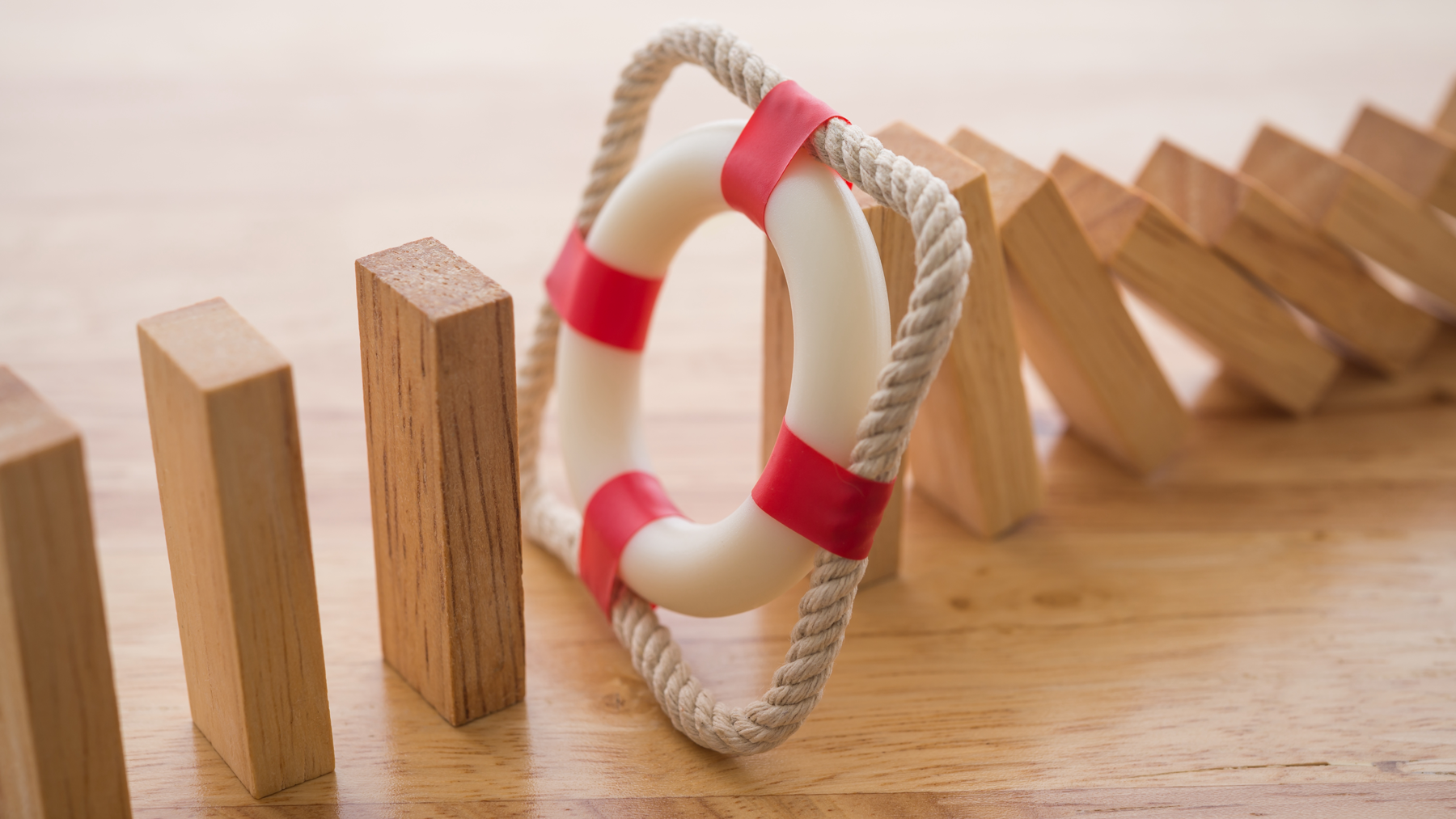





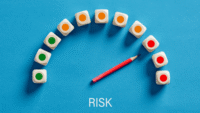





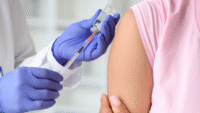


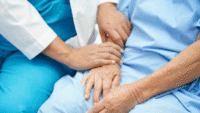

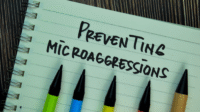
2 Comments. Leave new
Dr. Quigley can you direct me to the data from the VA since implementing the toolkit? How did implementation of that toolkit demonstrate reduction in falls?
Has the VA used the toolkit in ambulatory settings (like primary care clinics)? If so, is there any outcome data from that setting?
Thank you.
Dr. Leslie McDowell
Thank you so much Dr. McDowell for your message and interest in the VA’s National Falls Toolkit. The main purposes of the toolkit was to support national priority practices to enhance clinical knowledge, skills and tools to increase national commitment to priority fall and fall -injury prevention throughout the VA through the National VA Falls Collaborative – these were the tools that accompanied lots and lots of training that we did. So, the tooklit was the resource materials and tools sent to ALL VAMCs. Evaluation the National Falls Collaborative, we they built a national falls database. You can read about these transformative national prjoects in an article we published in 2008: https://www.ncbi.nlm.nih.gov/books/NBK43724/ This project demonstrated the appeal to facilities of participating in a project that provides falls data on operationally relevant measures in a timely fashion. Substantial improvements were witnessed in the proportion of falls resulting in major injuries, in the identification of patients at high risk, and in implementing interventions. Building upon the falls collaborative and the contents of the Falls Toolkit, this project continued the maturation of the falls programs at various VHA facilities. While falls did not change much, the most important outcome was reducing fall-related injuries, which was always the primary outcome – protect from injurious falls as they result in loss of function and life. We know we can’t prevent all falls, by type of fall, but our moral imperative is to protect our veterans from loss of function and life – from injury, from danger. I hope you will find this article so interesting – to complete such work on a national level is truly the commitment of all in the VA – from the bedside to the national offices of the VA. I look forward to your comments. Please let me know if I can help you further. Again, thank you for your interest. Pat Quigley